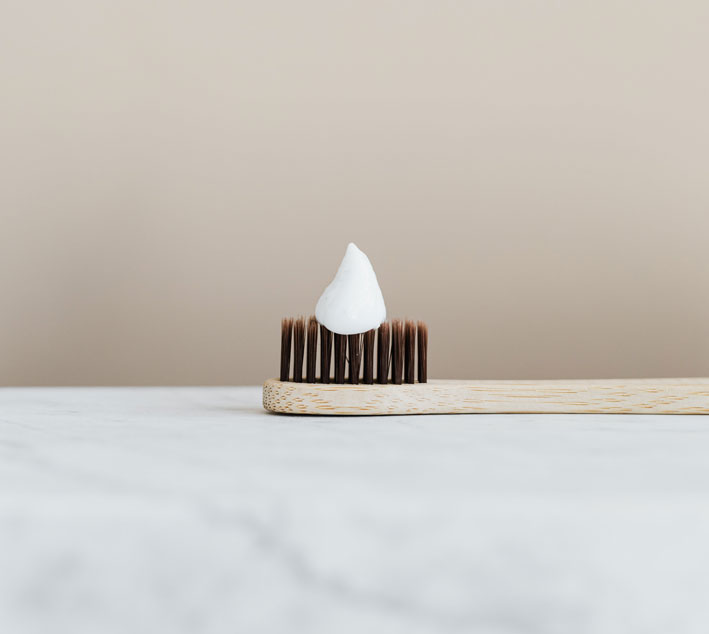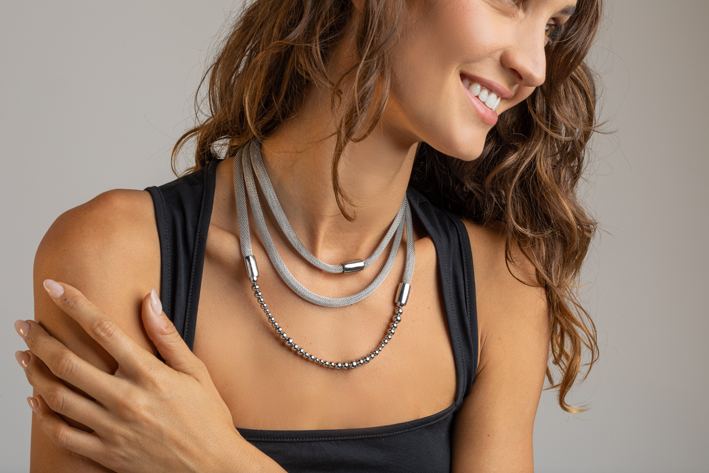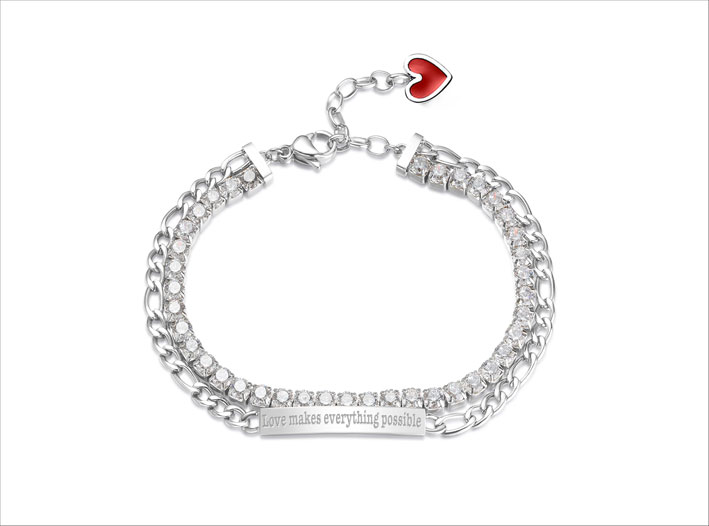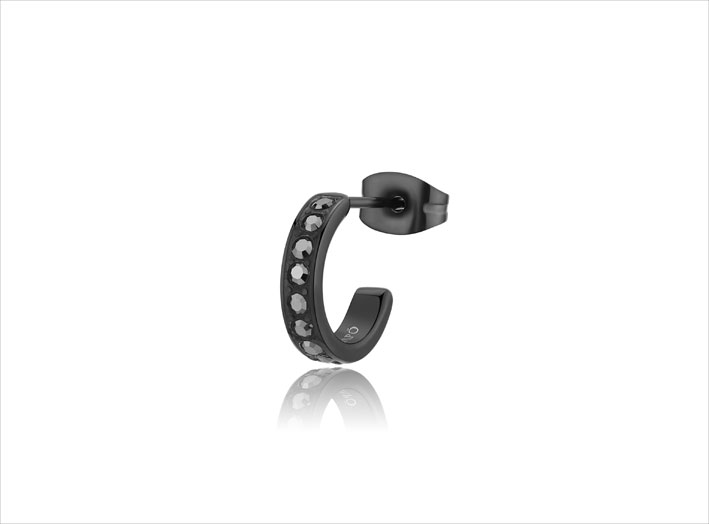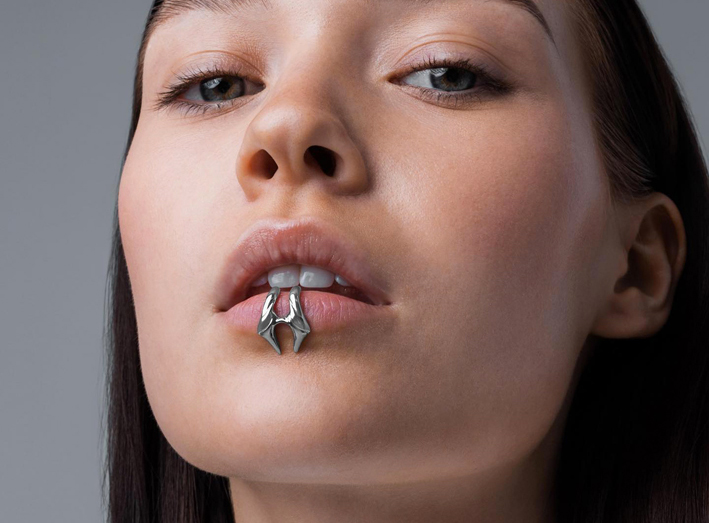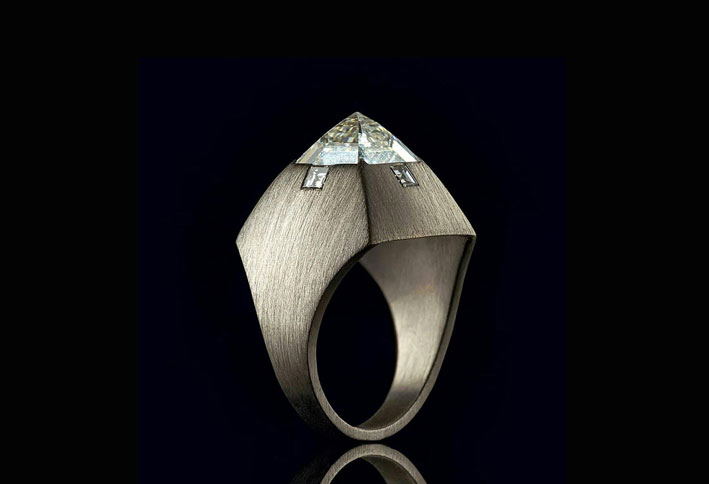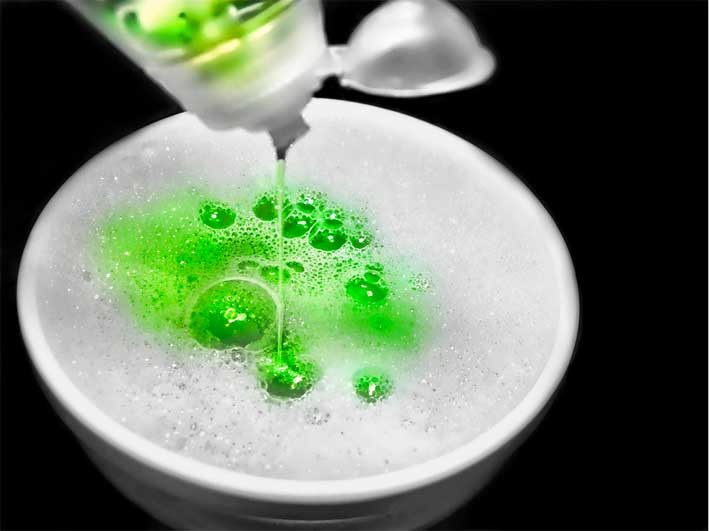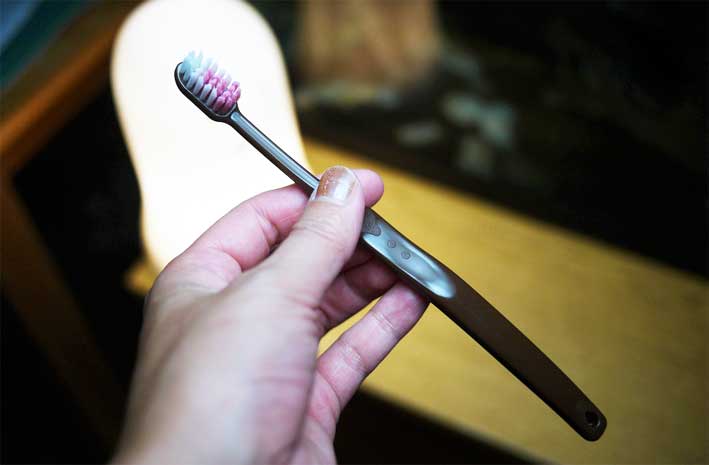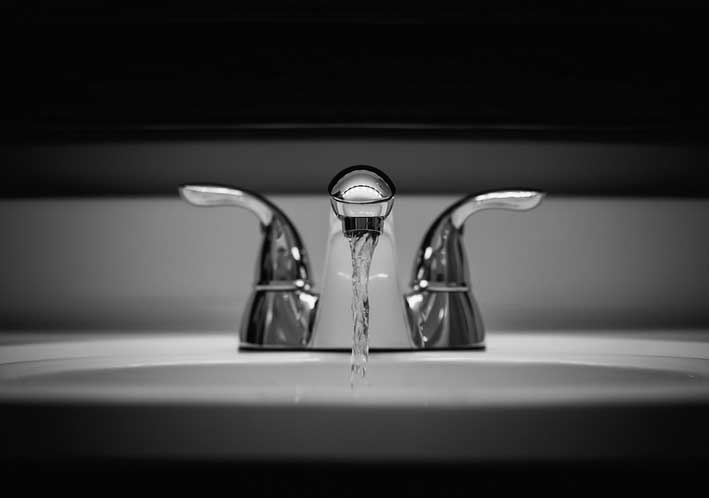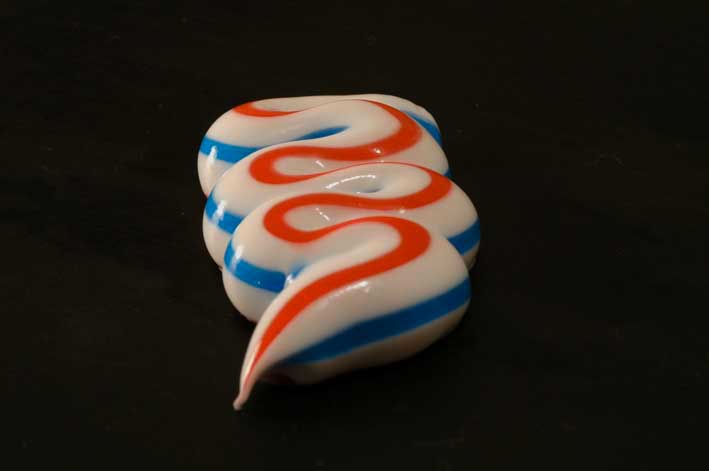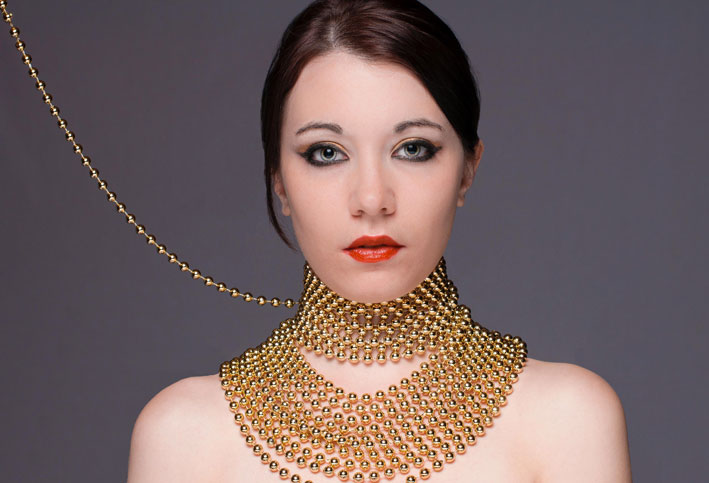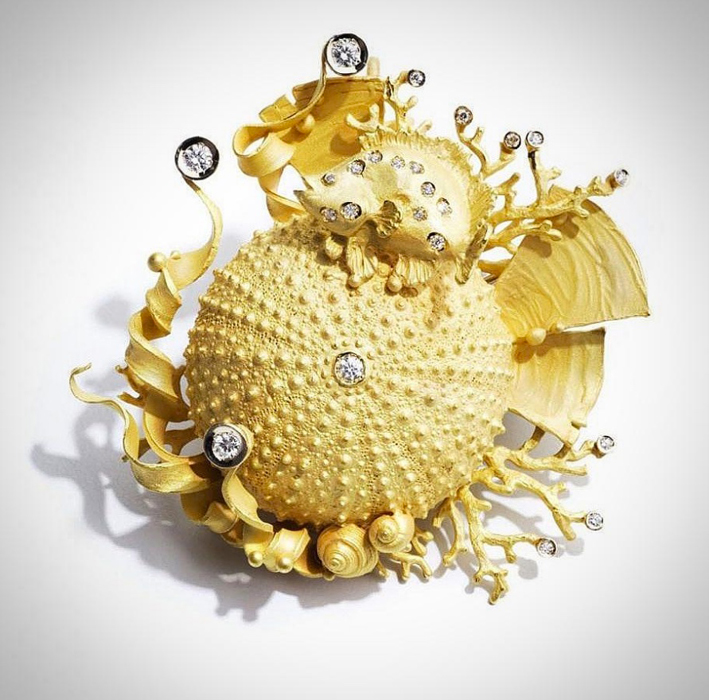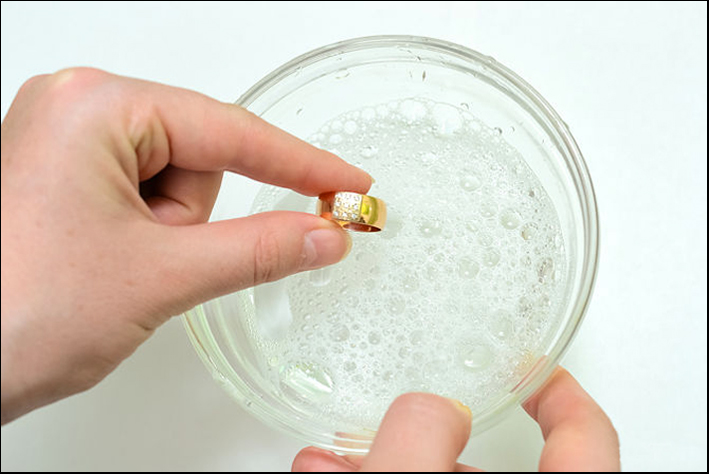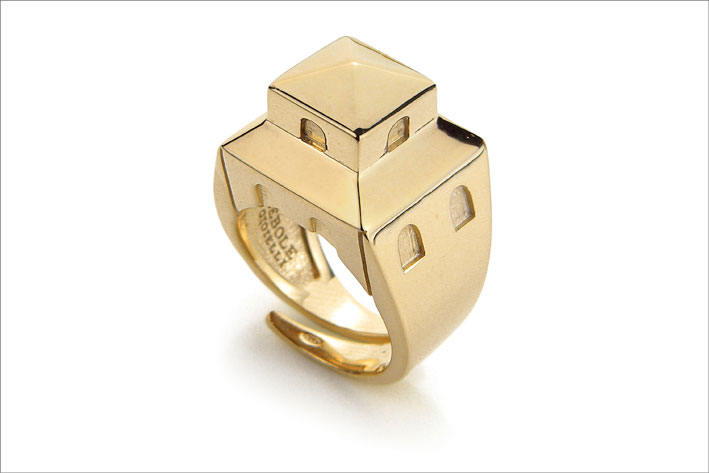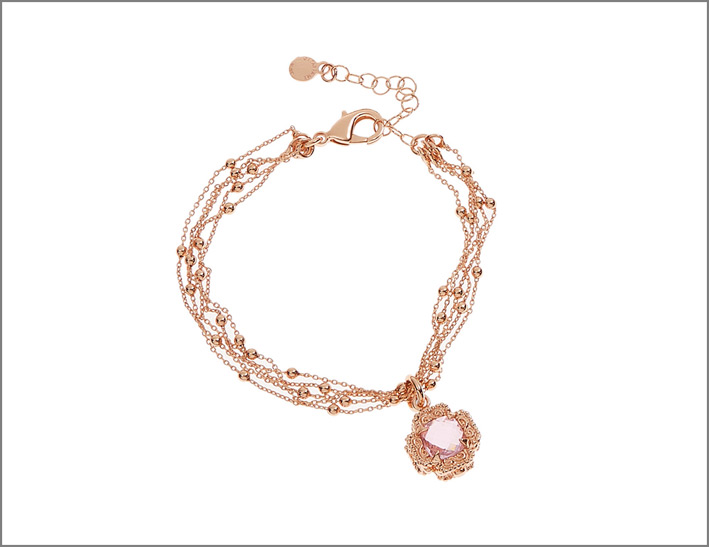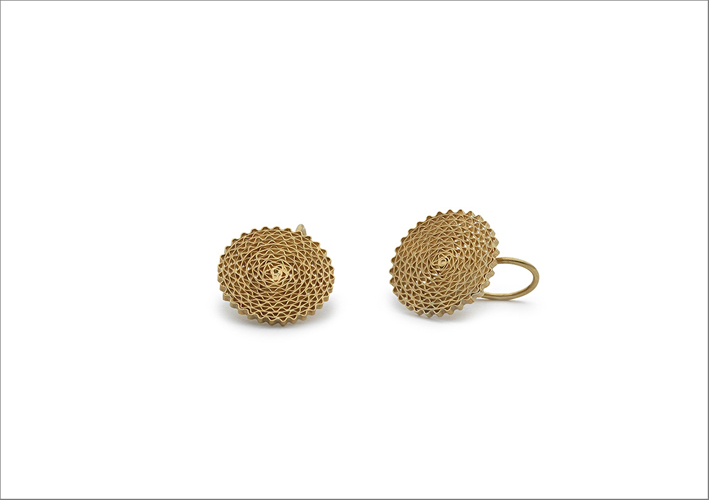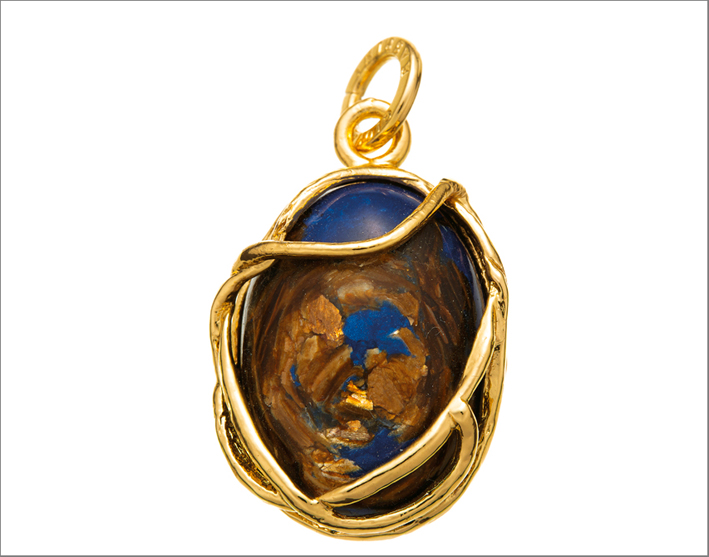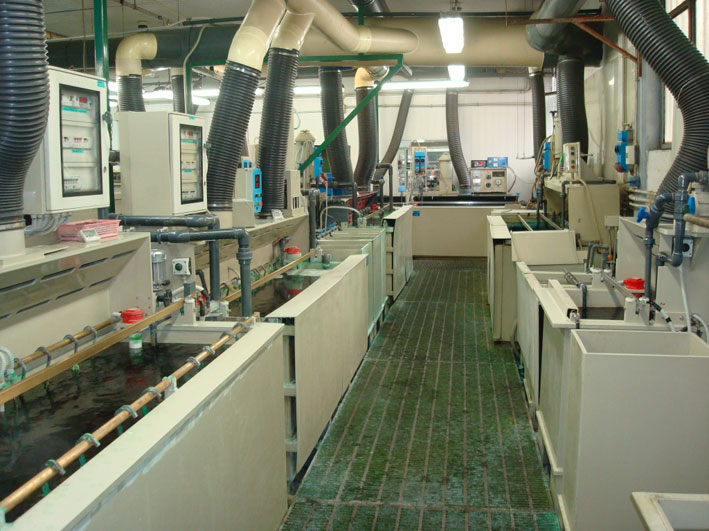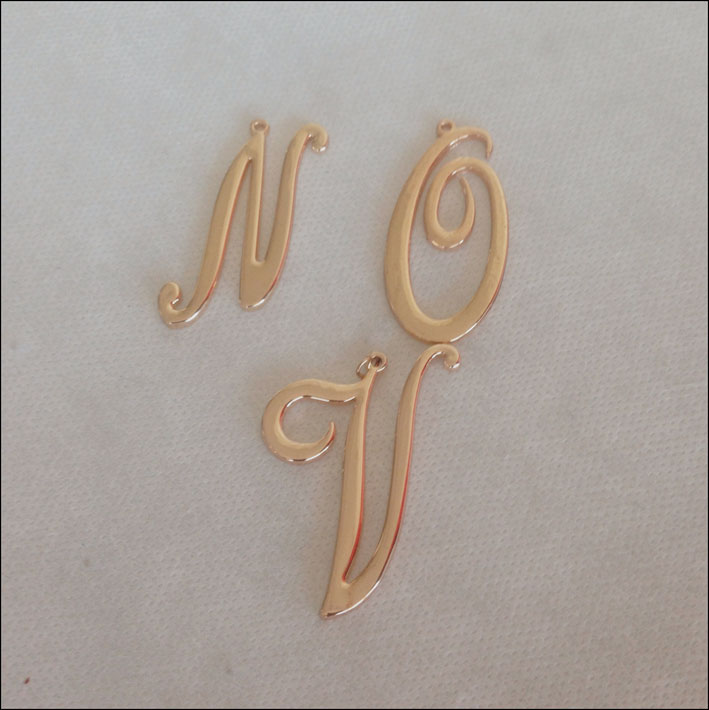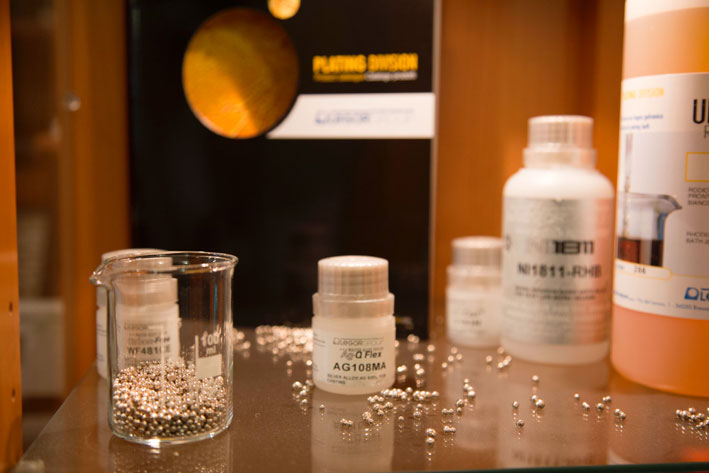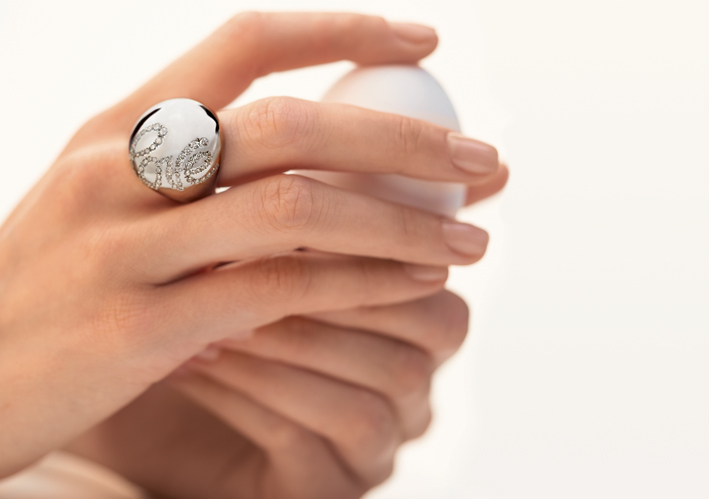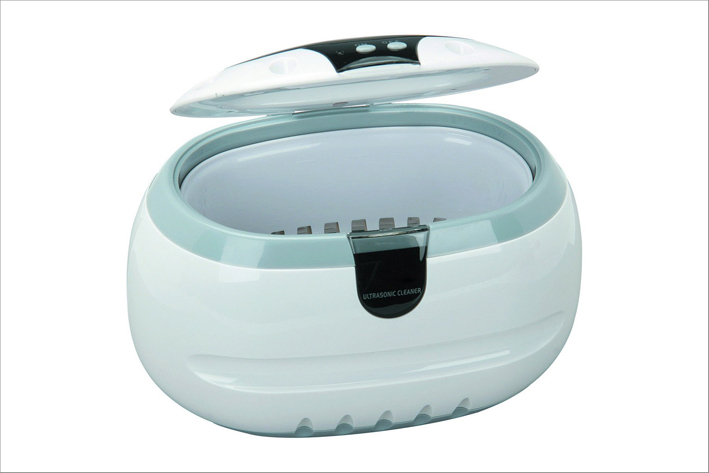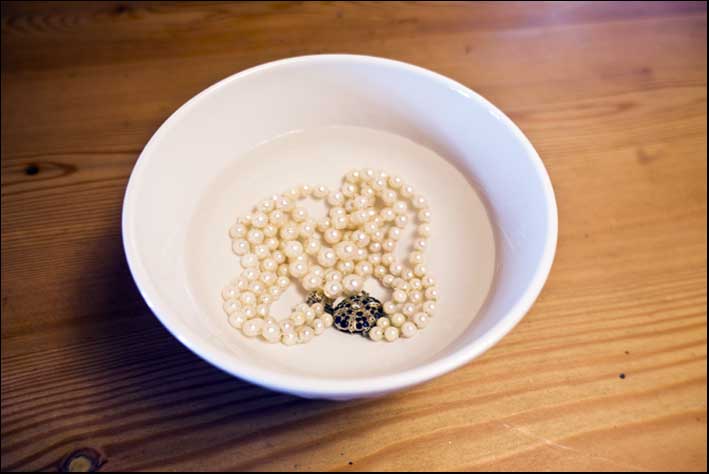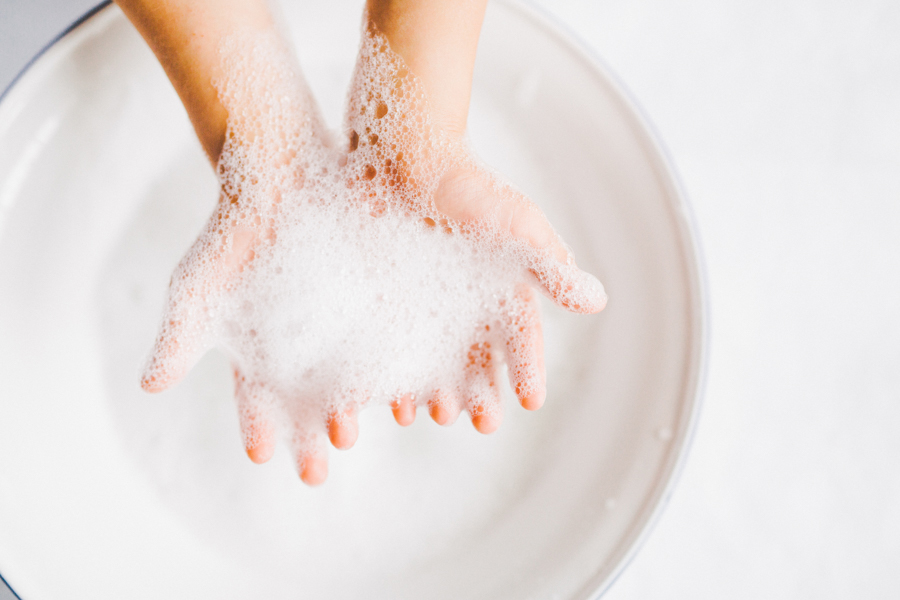Tomato ketchup, vodka or beer to clean your jewelry. Yes, you can. If you do not have anything better at hand … ♦
At the table with jewels. To clean them. According to somebody, there are many ways to make brighter necklaces, rings and earrings: just use some products that are usually used in the kitchen. For example, ketchup, beer and vodka. Attention: we are not advising to follow these indications, especially for your most precious jewels. But, who knows, maybe it works …
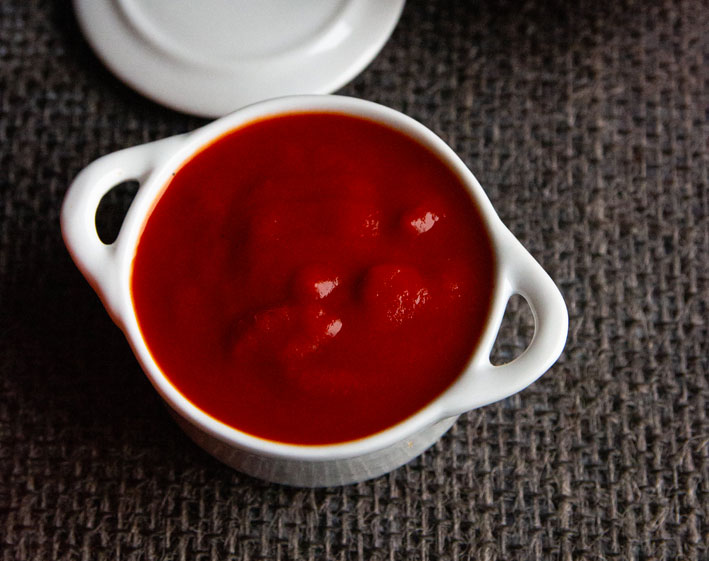
For example, a bowl of ketchup can clean a ring dipped in red sauce after 5 or 10 minutes. Don’t leaving the jewel in contact with the sauce for too long: could cause damage. Clean everything with a toothbrush and rinse. Another useful food is beer: just pour a little on a clean cloth and rub gently to revive the gold. Better not to try, however, on light plating, and do not use dark beer.

Alcohol also likes diamonds: a small glass of vodka can restore brightness to the stones, but also to zirconia and crystal. Just pour the vodka on a soft cloth and carefully clean the jewels, or immerse the jewel in a glass full of the Russian liquor par excellence. Those who are teetotalers are consoled: sparkling water is excellent for resurrecting the splendor of the gems. Immerse a jewel with stones embedded in a glass with sparkling mineral water. Let it rest overnight: in the morning everything will be more shiny.
And after lunch? Brushing your teeth is a good hygiene rule. While you are there, however, you can use toothbrush and toothpaste on metal jewels or stones like diamonds or rubies. Then, rinse (before returning to the table).
